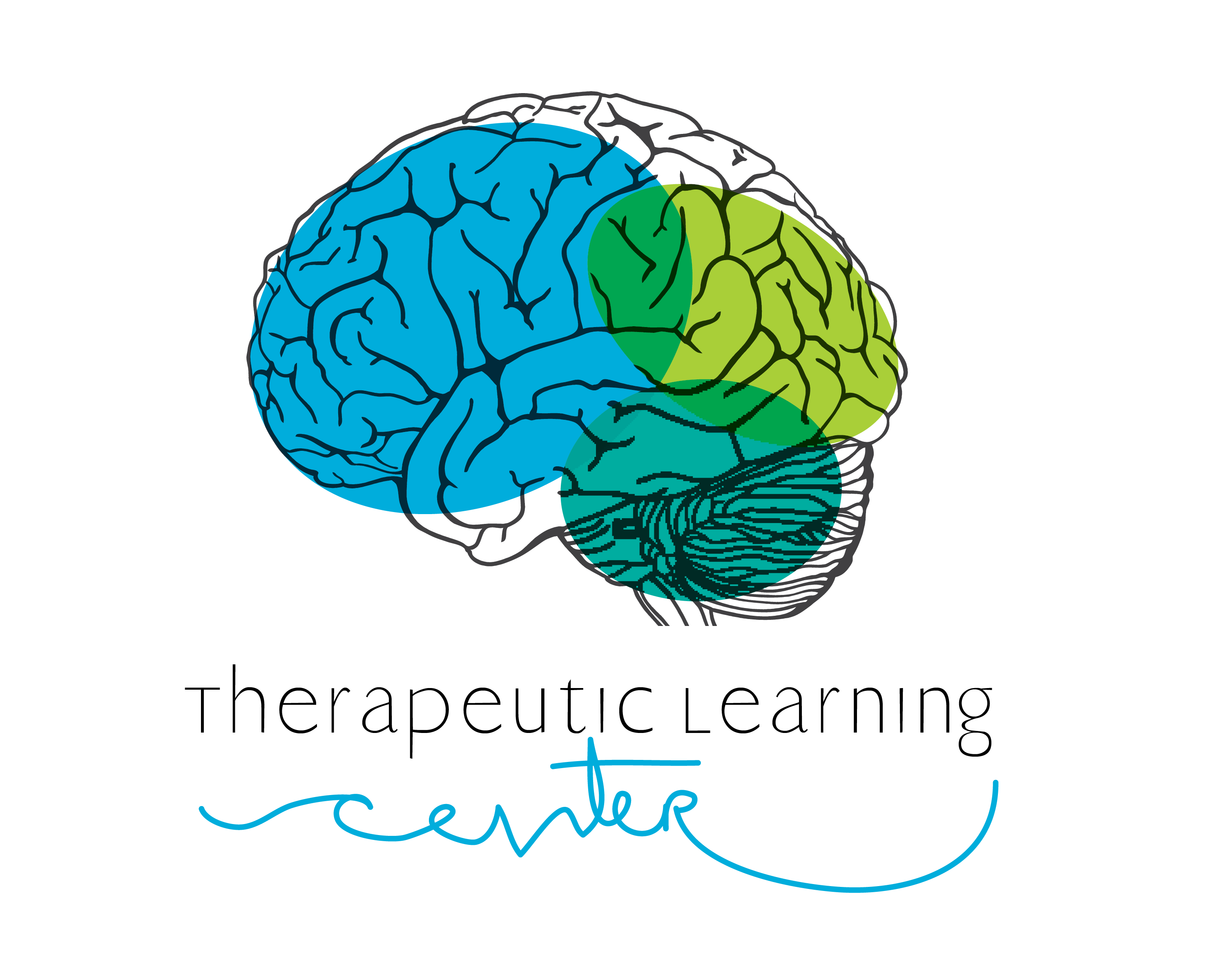What is Educational Therapy? Is it Really Any Different from Hiring a Good Tutor?
A recent Newsweek article stated that “42% of Americans believe there’s ‘great need” for children to receive private outside tutoring.”
Why is this?
A variety of reasons really. Many parents are looking for “the basics” as a countermeasure to “educational innovations” in the last 30 years. Some are looking to build up their child’s self-esteem with individual attention. Others are looking for their children to get ahead through “preliteracy” and enhancement programs.
But what if your child has a learning disability and tutoring didn’t work? “But we’ve done tutoring. Why didn’t it work?”
Even with the finest teachers and great effort, most students with moderate to several learning disabilities have never had their problems “remediated” (corrected). Students with learning disabilities have differences in the way that they process or think about, information.
Many tutoring centers do an excellent job of teaching basic skills. However, if there is something different or breaking down in the students’ information processing, they may not be able to hang onto or use the skills they are taught.


The key to unlocking a learning disability lies in a combination of developing the underlying/ supporting thinking processes, as well as “laying down” the basic academic skills. Working on either area by itself may make some temporary gains, but will not long-term correct the learning difficulties in the long term.
Myths about Learning Disabilities
Due to their consistent failure, along with the amount of money, time, and energy spent, educators, parents, and students are now assuming several conclusions, even though they aren’t true:
- There are many people who can never learn phonics.
- Because they “can’t learn phonics” they will have to be taught by sight or whole language.
- Nothing will help a poor speller except “spell check” or a secretary.
- Forcing yourself to read and reading consistently is all you need to be a good reader.
- If they would try harder, they would learn.
- Many people, especially those with learning disabilities, just cannot, and will not, be able to express themselves through speaking or writing.
- For a lot of people, especially girls, math is hard and will always be hard.
- “Off the wall” responses in discussions, lack of attention, comprehension, following directions, and poor social awareness is the result of Attention Deficit Disorder. (It could be, but be careful! These are also symptoms of language comprehension deficit).
- Attention problems cannot be controlled without medication.
- Once LD, always LD – which suggests that there is little hope of remediation.
We at the Therapeutic Literacy Center have learned through years of successes with students that none of these assumptions are true!
Students with attention challenges and learning disabilities, including dyslexia, can learn and can become successful students.
What is the difference between tutoring and educational therapy? Tutoring generally focuses on one or more of the following areas:
- Basic academic skills
- Specific subject areas (Algebra, History, Spanish, etc.)
- Study skills
- Test preparation
- Enrichment
Tutoring is very beneficial for students who are behind, need a little extra support to keep up, have specific needs in particular subjects, and who want to get ahead. Educational therapy focuses on developing thinking processes as well as basic skills. At the Therapeutic Literacy Center, processing development may include:
- Memory training
- Attention awareness and control
- Phonemic awareness
- Increasing auditory processing speed
- Language comprehension processing
- Elimination of visual symbol confusion
- Visual-motor perception and skills
As these areas of processing develop, we are able to begin teaching students the basic skills in reading, comprehension, writing, speaking, math, and studying. With the thinking processes to support them, the students are now able to hold onto the skills and become “learning-abled.”
How long does it take?
Education therapy is not a quick fix. But neither is it a forever process. Our goal for students is that when they leave us they will be comfortable, independent learners. In order for this to happen, students must be diagnosed properly, come frequently, and come long enough to get processing and skills to an automatic level.
Therapy time for students depends on the number and severity of issues to be dealt with. As a broad average, we generally see students between 12 to 24 weeks. We see clients for a minimum of 3 hours per week because we want our clients to see and feel their improvement quickly.
Why does it cost so much?
Education therapy is often more expensive than traditional tutoring. While generalizations can certainly be made about learning disabilities, the bottom line is that each student has unique needs and often a fragile ego and low frustration tolerance when it comes to academics. For these reasons, the therapy is generally most effective when provided on a one-to-one basis.
The specialized techniques that are successful in correcting learning disabilities are different than traditional approaches and require extensive training for the clinical staff, even those with many years of teaching experience.
In our center, and many educational therapy centers, on-going training and consultation are constantly provided.
How can I afford this?… How can I not?
I remember a conversation from childhood with my friend from next door. I could tell she was parroting her parents as she questioned me about why my brothers had braces on their teeth, or why we went to the doctor’s (for check-ups) when we weren’t actually sick. Apparently, her parents had told her that my parents had more money than them so that’s we could do those ‘extra’ things. Quite the opposite was true I knew. We didn’t have the same money they spent on the latest, most fashionable toys, clothes, and shoes. I realized early on that parents could have different priorities. Today I know that some parents resign themselves to the ‘fact’ that their children will never be ‘readers’ or will always have to struggle in school because the cost of Educational Therapy seems too high.
“How can anyone afford that?” they wonder. What I wonder is, “How can anyone not?”
When my daughter was eight, her orthodontist said that if we did not start treatment right away, she would end up with TMJ (jaw problems). It was terribly expensive. How could we afford it?…How could we not?
It is important that we, as parents, provide opportunities for our kids that help them to feel good. Since a great deal of childhood is spent in the classroom, a child’s self-esteem is understandably going to be tied up in his success in that environment.
Educational therapy is an investment (like braces) in a child’s present and future. When a child realizes that for the first time, she can read her textbook, it is a very big deal. It will change her view of herself and increase her self-esteem in all arenas of her life.
Is It Ever Too Late?
The amazing thing about the brain is that it loves to learn and change. Learning is literally like food for the brain. Scientific studies have show that through learning, new pathways can be developed in the brain to think about things in a way that you never could before. So you are never too old to learn to read or overcome your learning disabilities. We see many high school and adult students. We even have dyslexic adults, who have completely eliminated print from their world, come and learn to read. It’s never too late.



